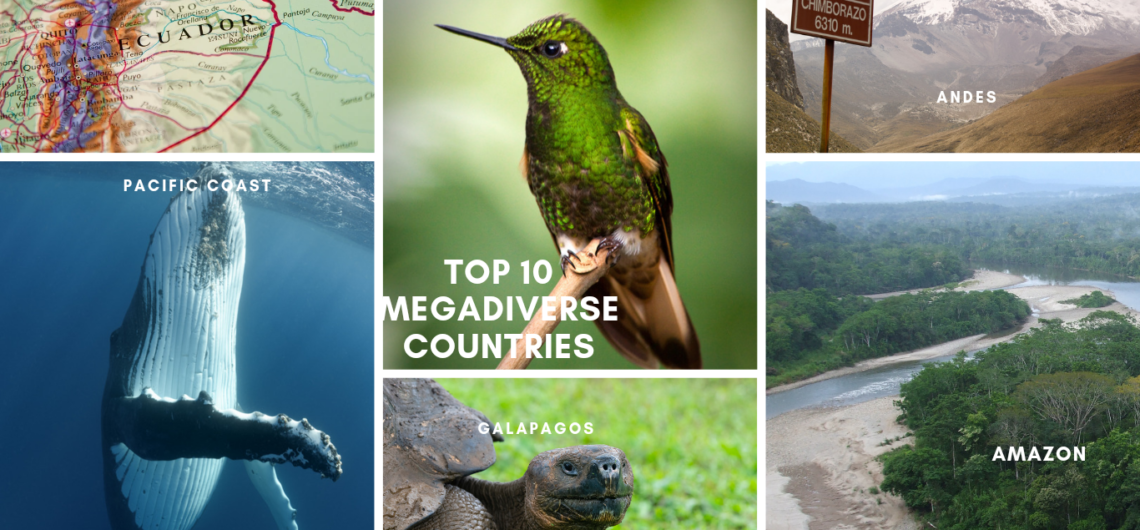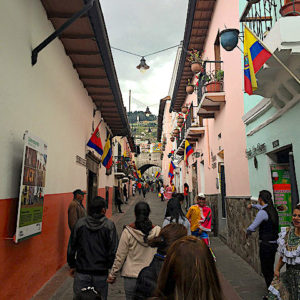Biodiversity, the variety of life on Earth, is a treasure that we must cherish and protect. Some countries stand out for their exceptional biodiversity, earning them the title of “megadiverse.” These nations are home to a stunning array of species, ecosystems, and genetic resources. Here’s a list of the top 10 most megadiverse countries, ordered from the smallest to the largest, along with key facts about why they are such hotspots of biodiversity:
-
Ecuador:
- Land Area: Approximately 283,561 square kilometers (109,484 square miles)
- Diverse microclimates.
- Notable for the Galápagos Islands and their unique species.
-
Madagascar:
- Land Area: Approximately 587,041 square kilometers (226,658 square miles)
- Isolation has led to unique endemic species.
- Separation from mainland Africa influences its biodiversity.
-
Venezuela:
- Land Area: Approximately 916,445 square kilometers (353,841 square miles)
- Varied landscapes, including the Orinoco River basin and the Andes.
- High number of endemic species, especially on Tepui plateaus.
-
Peru:
- Land Area: Approximately 1,285,216 square kilometers (496,096 square miles)
- Rich biodiversity due to the Amazon rainforest and the Andes Mountains.
- Diverse wildlife and unique plant species.
-
Colombia:
- Land Area: Approximately 1,138,910 square kilometers (439,733 square miles)
- Diverse geography, including the Andes, Amazon, and coastal regions.
- A wide range of ecosystems, from rainforests to páramos.
-
Australia:
- Land Area: Approximately 7,692,024 square kilometers (2,969,907 square miles)
- Isolation as a continent has given rise to distinctive species.
- Diverse ecosystems, from arid deserts to lush rainforests.
-
India:
- Land Area: Approximately 3,287,263 square kilometers (1,269,219 square miles)
- Varied ecosystems like the Western Ghats, Eastern Himalayas, and Thar Desert.
- Home to Bengal tigers, Indian elephants, and diverse plant species.
-
Indonesia:
- Land Area: Approximately 1,904,569 square kilometers (735,358 square miles)
- Extensive archipelago with rainforests, coral reefs, and mangroves.
- Unique species like orangutans, tigers, and diverse marine life.
-
Mexico:
- Land Area: Approximately 1,964,375 square kilometers (758,449 square miles)
- Biodiversity due to diverse climate zones, from deserts to rainforests.
- Notable species include the monarch butterfly and jaguar.
-
Brazil:
- Land Area: Approximately 8,515,767 square kilometers (3,287,956 square miles)
- The most biodiverse country, primarily due to the Amazon rainforest.
- Estimated to contain 10% of the world’s known species, with numerous endemics.
These countries are true ecological gems, and their diverse landscapes, unique ecosystems, and conservation efforts are essential to preserving Earth’s incredible biodiversity for future generations. Let us continue to celebrate and protect these natural wonders. 🌍🌿🦋






Comments